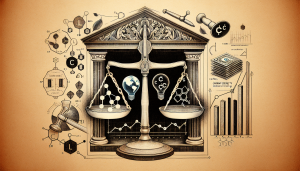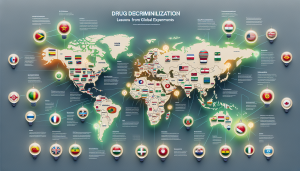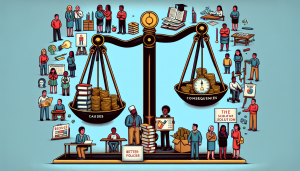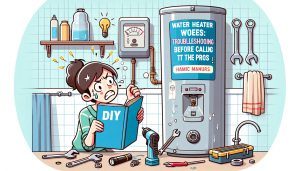Environmental Justice: Tackling Pollution in Marginalized Communities
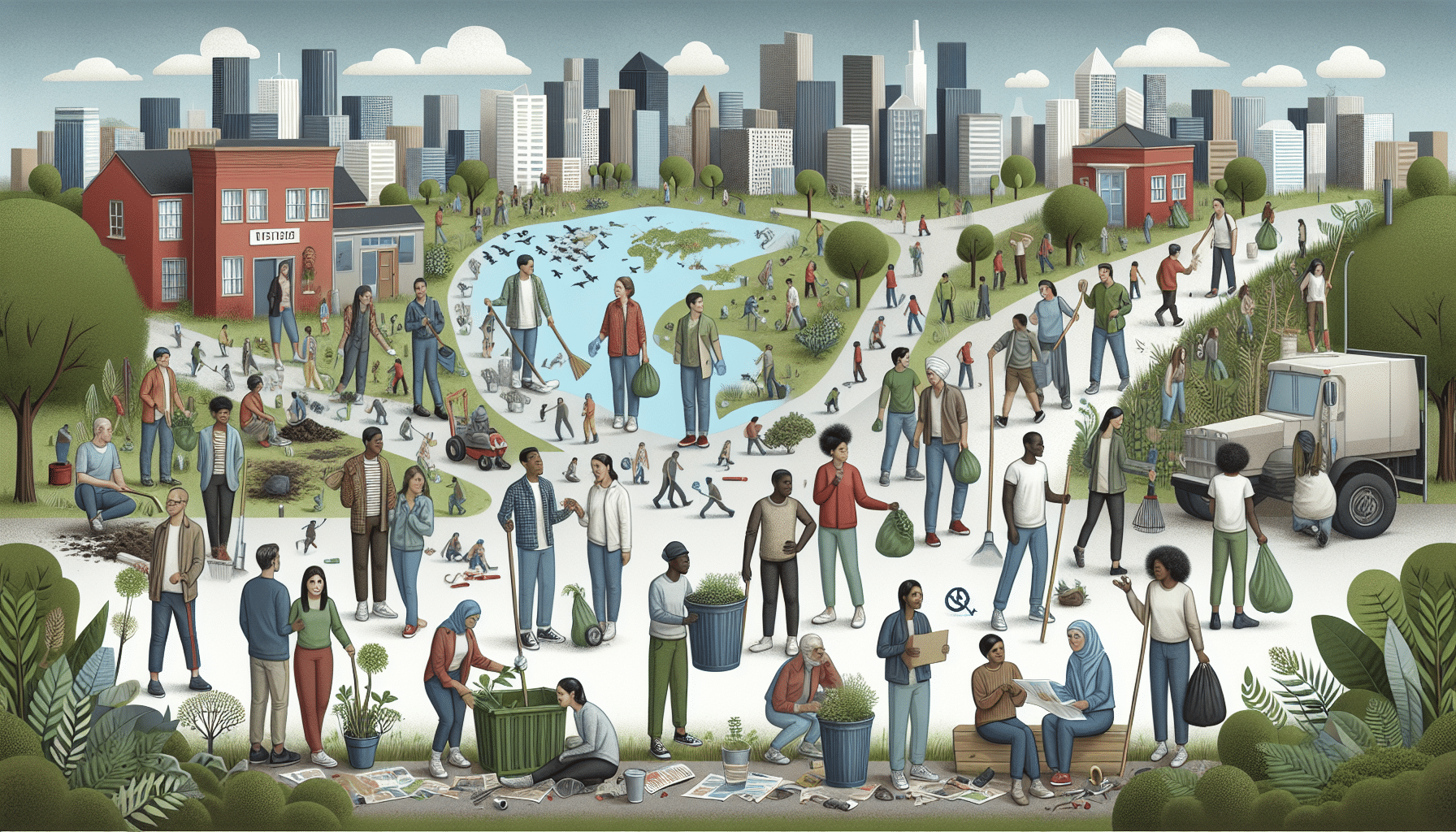
Environmental Justice: Tackling Pollution in Marginalized Communities
The state of our environment is a global concern, with rising pollution levels and its harmful effects on human health and the planet. However, the impact of pollution is not equally distributed across all communities. Marginalized communities, such as low-income and minority groups, often bear the brunt of environmental injustices. This inequity in the distribution of pollution and its consequences has given rise to the notion of environmental justice.
Environmental justice is the equal treatment and involvement of all individuals, regardless of race, color, national origin, or income, in environmental decision-making and the prevention and remediation of environmental problems. It aims to address the disproportionate burden of pollution that marginalized communities face and promote equitable access to a healthy and sustainable environment for all.
The Situation
In many parts of the world, toxic waste sites and industrial facilities are often located in marginalized communities. These communities are also more likely to live near major highways and heavy industries, resulting in higher levels of air and noise pollution. The harmful effects of this unequal distribution of pollution can cause life-threatening health issues and impact the social and economic well-being of these communities.
Moreover, these communities often lack the resources and political power to advocate for their rights and push for environmental protection measures. This further perpetuates the cycle of environmental injustice and poses a significant threat to the health and livelihoods of these communities.
Tackling the Issue
Governments and organizations have recognized the need to address environmental justice and have taken steps to tackle the issue. One such effort is the Environmental Justice Screening and Mapping Tool developed by the US Environmental Protection Agency. This tool identifies communities that face a higher risk of environmental harm and prioritizes them for protection and remediation.
Initiatives by community-led organizations and activists are also playing a crucial role in bringing attention to environmental injustices and pushing for change. These efforts have led to the formation of networks and partnerships between communities and government agencies to address environmental justice issues effectively.
The Path Ahead
Despite these efforts, there is still a long way to go in achieving environmental justice. Governments and organizations must ensure that marginalized communities are included in decision-making processes and have access to information and resources to address environmental issues. There is also a need for stricter regulations and enforcement to prevent the unequal distribution of pollution.
Individual actions can also make a significant impact in addressing environmental injustices. Choosing sustainable and eco-friendly products, reducing waste, and supporting community-led initiatives can help in creating a more equitable and sustainable environment.
Conclusion
Environmental justice is not just about protecting our planet; it is also about promoting social and economic equity. Tackling pollution in marginalized communities is crucial for creating a healthier, more sustainable, and just future for all. We must work together to address the root causes of environmental injustice and promote a more fair and equitable distribution of environmental resources and hazards.

